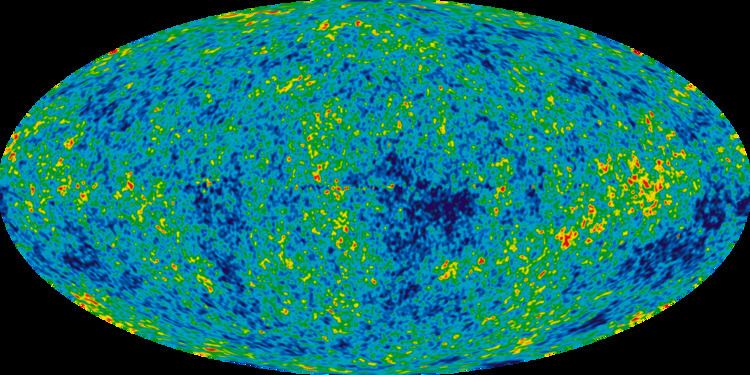 | ||
In physical cosmology, the Big Rip is a hypothetical cosmological model concerning the ultimate fate of the universe, in which the matter of the universe, from stars and galaxies to atoms and subatomic particles, and even spacetime itself, is progressively torn apart by the expansion of the universe at a certain time in the future. According to the hypothesis, first published in 2003, the scale factor of the universe and with it all distances in the universe will become infinite at a finite time in the future. The possibility of sudden singularities and crunch or rip singularities at late times occur only for hypothetical matter with implausible physical properties.
Contents
Overview
The hypothesis relies crucially on the type of dark energy in the universe. The key value is the equation of state parameter
Expansion
A universe dominated by phantom energy is an accelerating universe, expanding at an ever-increasing rate. However, this implies that the size of the observable universe is continually shrinking; the distance to the edge of the observable universe which is moving away at the speed of light from any point moves ever closer. When the size of the observable universe becomes smaller than any particular structure, no interaction by any of the fundamental forces can occur between the most remote parts of the structure. When these interactions become impossible, the structure is "ripped apart". The model implies that after a finite time there will be a final singularity, called the "Big Rip", in which all distances diverge to infinite values.
The authors of this hypothesis, led by Robert Caldwell of Dartmouth College, calculate the time from the present to the end of the universe as we know it for this form of energy to be
where
Author's example
In their paper, the authors consider a hypothetical example with
For
Observed universe
Evidence indicates
According to the latest cosmological data available, the uncertainties are still too large to discriminate among the three cases
